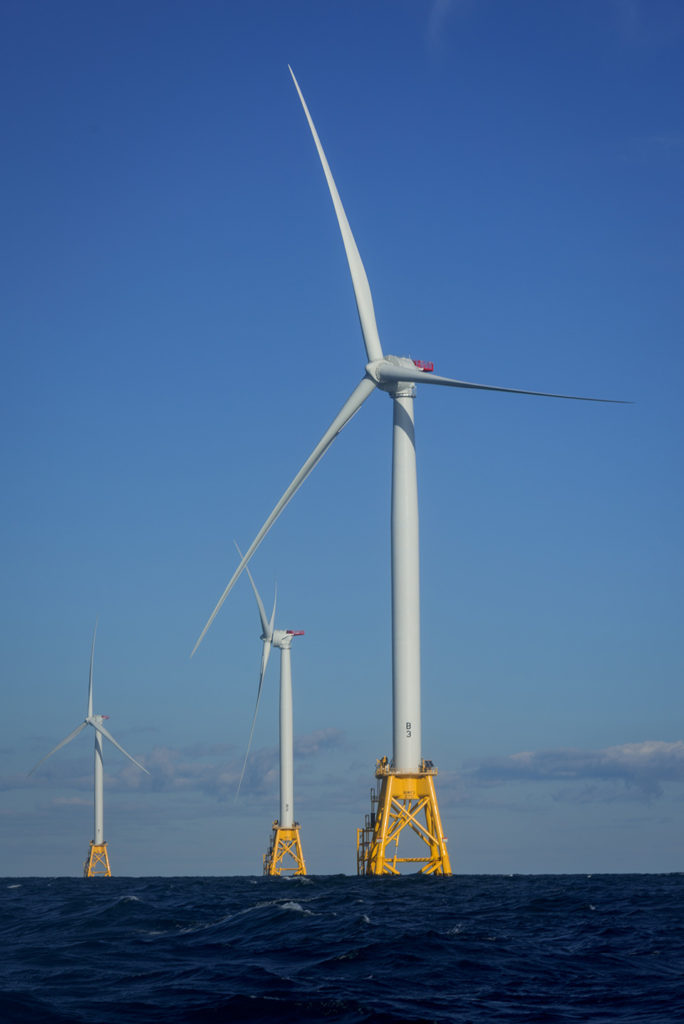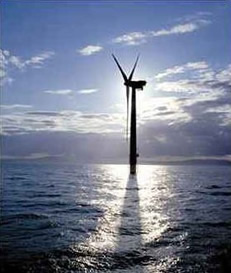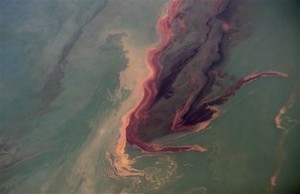
Image of Block Island Wind, off of Rhode Island
As noted in the Asbury Park Press, here, Orsted (DKK, DNNGY). with support from PSEG, will build Ocean Wind, a 1.11 GW farm about 15 miles east of Atlantic City. “Ocean Wind” should come online in 2024. NJ’s Board of Public Utilities, BPU approved the $1.6 Billion, $1.44 per watt plan. (Press Release. Financial Information.)
That’s about twice the nameplate capacity of the Oyster Creek nuclear power plant, built in the late 1960’s and turned off in 2018, at 12.8% of the cost of new nuclear.
Back in 2008, NASA published this on Global Ocean Wind Energy Potential.
Ocean Wind will power roughly 500,000 homes beginning in 2024. NJ Gov. Phil Murphy set the state’s Energy Master Plan to build 3.5 GW offshore wind to power 1.5 million homes by 2030.
Meanwhile, in Georgia, the newest nuclear power plants, the 2.234 GW Vogtle 3 and 4, the first new nuclear reactors built in the United States in 30 years, are now 6 years late and estimated to cost $28 billion. (Taxpayer.net). That is a cost overrun of $14 billion, 100% over the initial cost of $14 billion. (Atlanta Journal Constitution, Power).
New nuclear is 8.7 times the cost of new wind power capacity. And nuclear needs fuel, waste management, and the safety and security concerns with nuclear power can not be understated.
—
A co-founder of Popular Logistics, I hold an MBA in “Managing for Sustainability” from Marlboro College and a Bachelor’s of Science in Biology from the City University of New York College of Staten Island. I also hold a PMI’s PMP and CompTIA’sNetwork+ certifications. Available as a speaker and consultant, I can be reached at “Popular Logistics . com” as “L Furman.”

